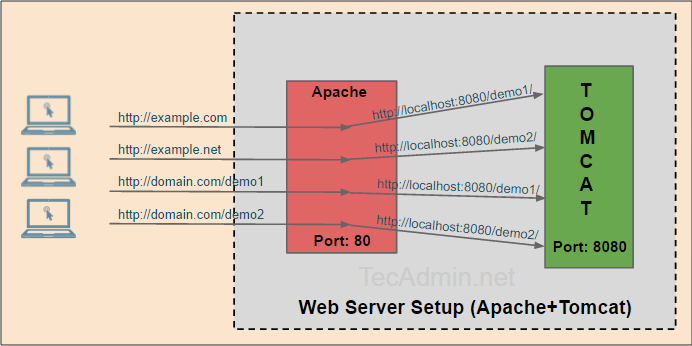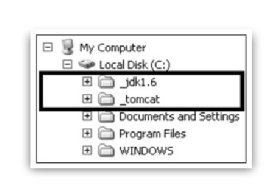

However, a few major changes have eliminated this distinction in many cases.

These specialized Java objects provided a way of encapsulating business logic within a single container, providing support for advanced functions such as session persistence, JMS events, JCE, concurrency, and JTA. However, recent changes in the world of enterprise Java have complicated this simple evaluation.įor a long time, a major distinction between Tomcat and fully featured Java EE servers was support for Enterprise Java Beans. The changing landscape of enterprise JavaĪt surface value, the distinction between Websphere and Tomcat seems simple - one supports the necessary components to run business applications, and one does not. In fact, the servlet specification covers so many important web technologies that embedded versions of Tomcat are used as the web and servlet container for many commercial application servers. The servlet specification, which is part of the Java EE platform, includes the use of WAR application files, JSP pages, connectors, JNDI resources, and more, which means that a servlet container can do many of the same things that a web application server can. What is a servlet containerīy contrast, a servlet container only needs to implement the Java Servlet and JSP specifications, which deal with the container-managed deployment of web applications, as well as associated transactions. This packages is deployed into a single container, so that its classes and resources can be loaded and managed separately.Īdditionally, most commercial application servers (including Websphere and its direct competitors, such as Weblogic) include extensive management and monitoring tooling, as well as a family of additional products that integrate with them and provide additional functionalities for a fee. Java EE servers deploy applications using the EAR (Enterprise Archive) format, which contain one or multiple WAR files, associated EJBs, JSP pages, servlets, and even resource adapters. While this is changing thanks to the concept of profiles in Java 6, this is a slow process. In versions of Java before Java 6, in order to call itself a Java EE Application Server, a server must implement all aspects of the Java EE platform. These features extend the standard Java platform for use in internet-based business transactions, and include things such as JTA, EJBs, JMS, JSF, and Java EE APIs for session persistence, dependency injection, and more. What is a Java EE application serverįrom a technical Java perspective, a Java Application Server is any implementation of the Java EE Application Server specification that fully complies with and supports all Java EE features. Let's take a moment to define those terms from a rigid technical perspective before we look at how their definitions are shifting. Websphere - What is an application server?Īt one time, it would have been easy to describe the difference between Websphere and Tomcat by saying that Websphere was an application server, whereas Tomcat was just a servlet container.

The Tomcat versus Websphere conversation can get longwinded, but much of the discussion can be boiled down to a few central questions: This can confuse people who are looking for a clear, balanced analysis.

When it comes to architecture decisions, there's plenty of opinion to go around. While Tomcat has remained a lightweight, open-source servlet container, Websphere has become a large stack-based application server, one part of a larger group of interoperating IBM products under the same brand, including IDEs, portal services, data integration engines and more. Originally developed and released around the same time in the late 1990s, and originating from the same Java Servlet specification, Apache Tomcat and Websphere Application Server, or WAS, have grown in two entirely different directions. In this article, we'll take at some of the places where the functionalities of these two application servers overlap, as well as some ways in which they are different, to help you decide which is the best choice for your scenario. Apache Tomcat and IBM Websphere application server are two vastly different products that nevertheless often come up in the same conversations.


 0 kommentar(er)
0 kommentar(er)
